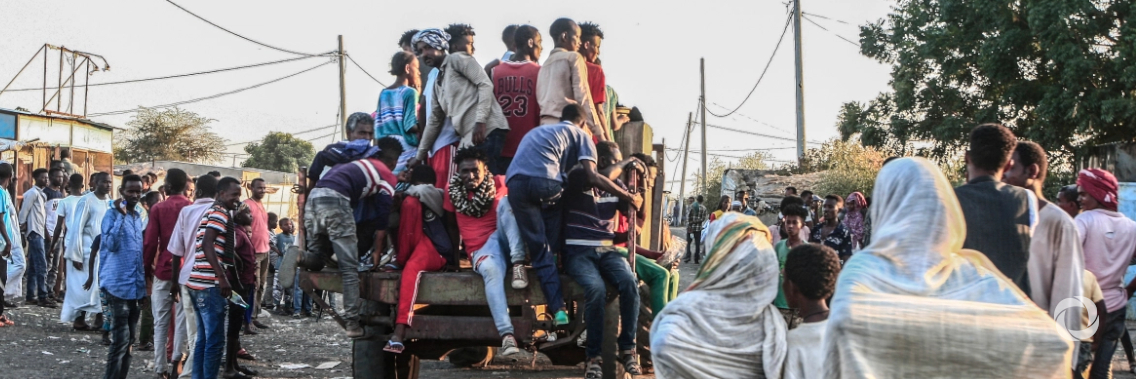Violence in northern Ethiopia’s Tigray region has driven more than 27,000 Ethiopians like Gannite to flee into neighbouring Sudan in the past week. More than half of them are women and children. Many left with barely any belongings and arrived exhausted from walking long distances over harsh terrain.
UNHCR, the UN Refugee Agency, is sounding the alarm over the growing humanitarian crisis in the region, triggered by the still ongoing fighting between the Ethiopian federal government and Tigray forces that broke out in early November.
The Ethiopian government has announced a six-month state of emergency in Tigray where the lack of electricity, telecommunications, and access to fuel and cash continue to severely hamper any humanitarian response.
The majority of those fleeing into Sudan have crossed through Hamdayet border point in Kassala State and others at Lugdi in Gedaref State. The border area is remote – at least a six-hour drive from the nearest big town – making it difficult to quickly deliver food and supplies.
UNHCR is working with partners, including Sudan’s Commissioner of Refugees, WFP, UNICEF, Muslim Aid, and the Sudanese Red Crescent Society to provide temporary shelter, food, potable water, and health screening for new arrivals. Relief items are also being distributed including blankets, sleeping mats, and plastic sheeting.
Information campaigns on COVID-19 prevention have started with soap and 50,000 face masks sent from the capital, Khartoum, for distribution at entry points in Kassala and Gedaref. But the sheer numbers of new arrivals are hampering aid efforts.
The transit center at Hamdayet, with a capacity for just 300 refugees is extremely overstretched, with over 12,000 people currently sheltering there. Sanitation facilities are insufficient, with concerns over hygiene.
UNHCR expects that the influx will continue to grow and is working on a contingency plan for 50,000 people.
Across the border in northern Ethiopia, reports suggest that the number of civilians displaced by the conflict is growing by the day.
But a lack of access, coupled with the inability to move supplies into the region, remain major impediments for aid organizations trying to reach those in need. UNHCR and its partners are on standby to provide assistance to the displaced, including basic items, when access and security allow.
The ongoing conflict is also raising concern for the Eritrean refugee population of nearly some 96,000 in Tigray, most living in camps and reliant on humanitarian assistance that has already been disrupted.
While major movements from refugee camps have not yet been seen, there are reported movements of refugees westwards from Shimelba to Hitsats camp. However, the ability to monitor or to provide services will be compromised if access and security do not improve.
Original source: UNHCR

